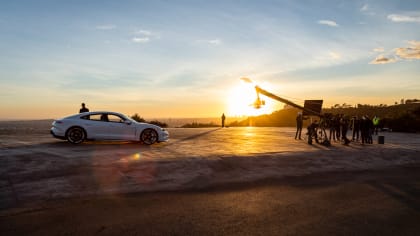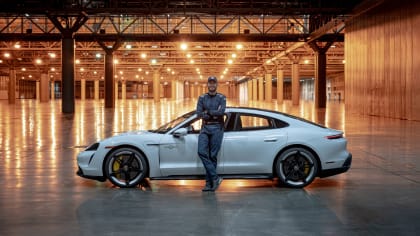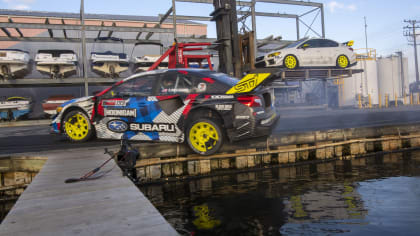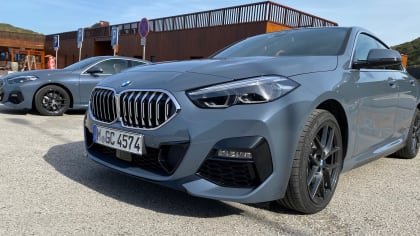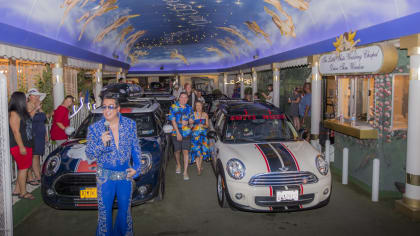2022 CES Show Review & Report
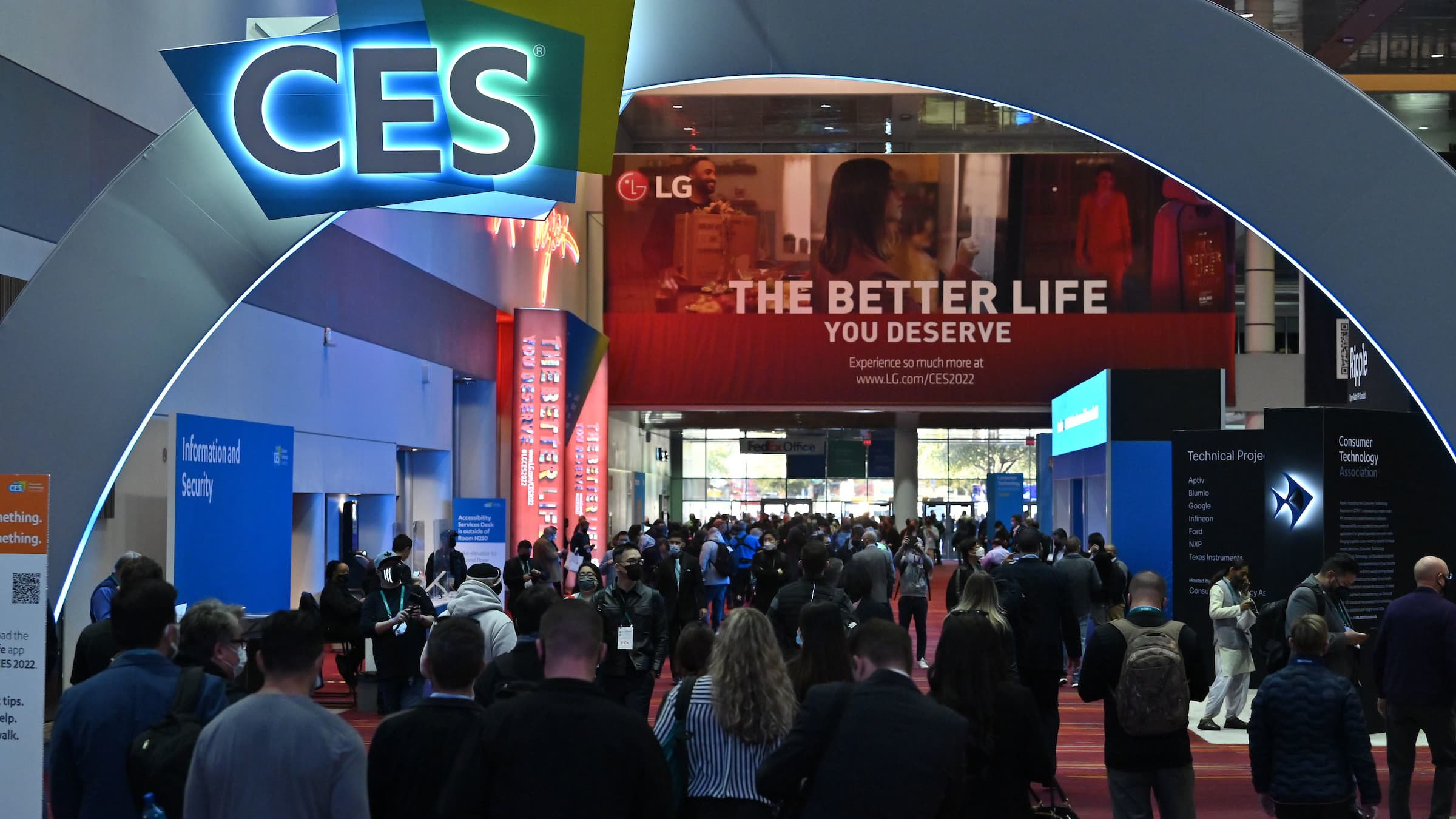
Yet another year of Covid for CES.
Reporting from 2022 CES - virtually but still with boots on the ground.
By Don Taylor
Fri, Jan 14, 2022 01:11 PM PST
Featured Image courtesy of CTA.
It started back in November. Helping feed my anticipation of the upcoming 2022 CES show in January were email notices like these: “Introducing Prinker M: World’s Smallest Temporary Tattoo Device”, “Ible Tech Will Reveal the First Air Purifier With Built-in Earphones”, “Invoxia Biometric Smart Dog Collar Tracks Pets Whereabouts and Heart Health”.
As fascinating as those items may be to see up close and try out, I could not be distracted from discovering what would be new at CES re cars, and more broadly, “mobility”.
Within that category, what would be at the 2022 CES Show of interest to an LACar guy? Until recently, referred to as the Consumer Electronics Show, and now just called CES, the show has had a growing automotive presence in the last several years. Listed on the CES app for this year were the big guys, and first stops for attendees like me, BMW, Mercedes, and General Motors, whose CEO, Mary Bara was to give the keynote address. Well, despite all of the excitement, they all had to cancel/modify their live participation as the show drew near, citing the need to protect their employees, and because of international travel concerns/restrictions.
And, after much debate, and at the last minute, so did I. I attended virtually, as did many other media companies and news outlets. I was still able to attend the streamed media announcements and many of the tech panels, plus I also had an avatar at the event and walking the floor, a canary in the coal mine, in the form of an old friend, Ed Prentice, CES Show veteran, former Ford engineer, and Silicon Valley entrepreneur, who would be sending me his pictures and observations.
Chevrolet Silverado EV
Any coverage of automotive news at CES has to include major vehicle debuts executed in the flesh or virtually, and so we’ll mention the following (as everyone else has, and get that out of the way). First is the Chevrolet Silverado Electric Pick-up truck, which was picked by many as star of the show (because of its mainstream status and huge volume potential, creating a potential tipping-point for EVs, I imagine). Following Ford’s F-150 Lightning electric pickup announcement by about a year, this will pit the two truck sales leaders against each other with a new twist. But both of their EV pickups will carry traditional proportions and styling, unlike the Tesla Cybertruck, to ostensibly not scare their traditional customers.
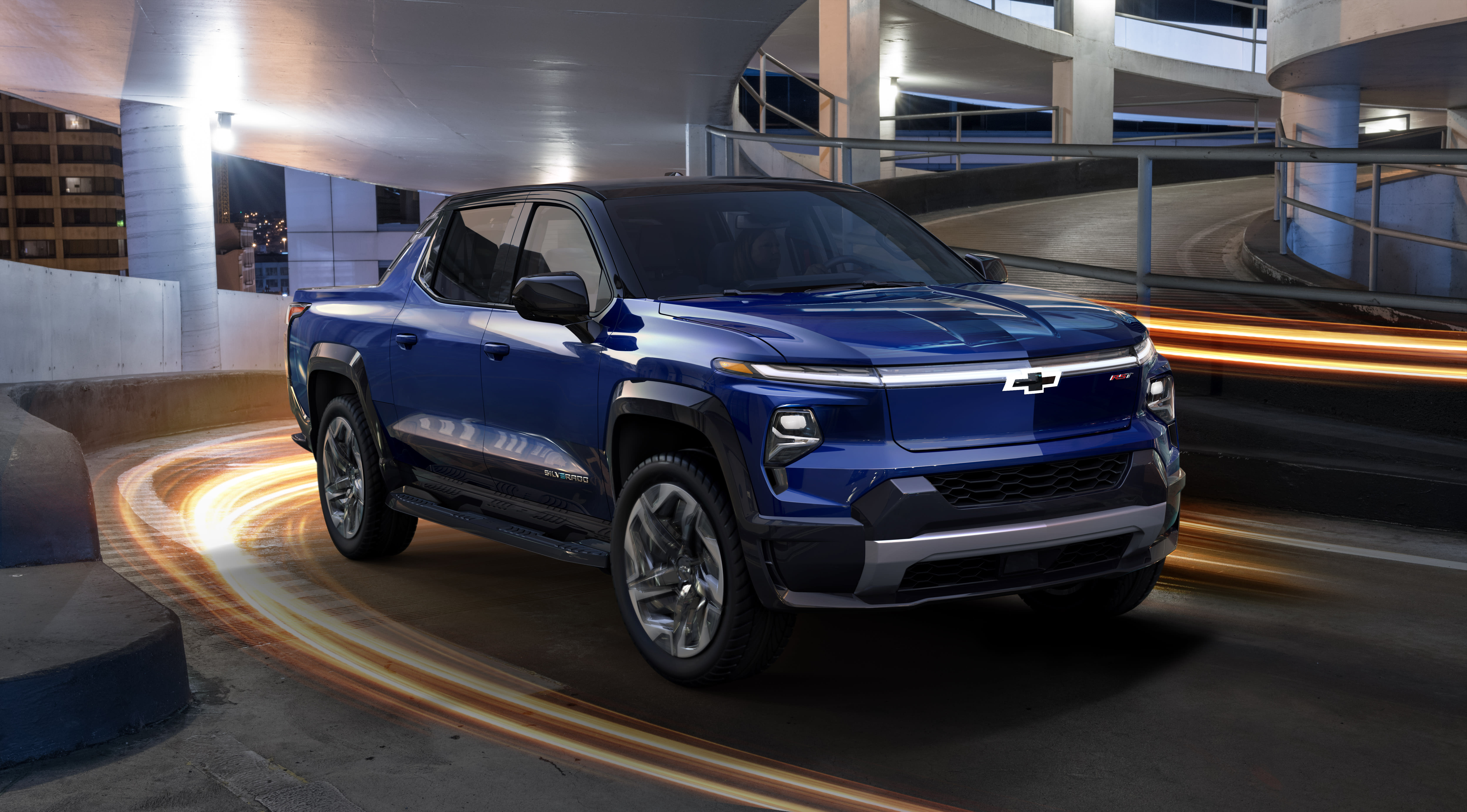
Chrysler Airflow EV
Jumping into the mix, Chrysler showed its first fully electric vehicle, a rather nice looking crossover, with intro planned for around 2024. It carries the legacy name of Airflow, which was a unique Chrysler vehicle which debuted in 1934, an aerodynamically styled four door, which was ahead of its time, but resulted in less than expected customer acceptance. With such a naming precedent set, will Chrysler dip into the past for more vehicle names? Names like Imperial, Belvedere, or Satellite? For a touch of contemporary luxury, how about having seats trimmed in Vegan Corinthian Leather? Could they repurpose ‘HEMI’ to stand for Huge Electric Motor Inside?“
Sony EV Concepts
“Will they or won’t they?” applies to the latest Sony EV concept shown, a pleasant enough crossover design, and sister to a sedan shown last time around. Teasing the public with these cars seems to be merely sabre rattling, or perhaps it provides an attention-getting demo platform for the electronic entertainment systems they want to sell to real carmakers. However, they did announce formation of a new group, Sony Mobility Inc., so maybe a Sony production car will become a reality. Available at Best Buy?
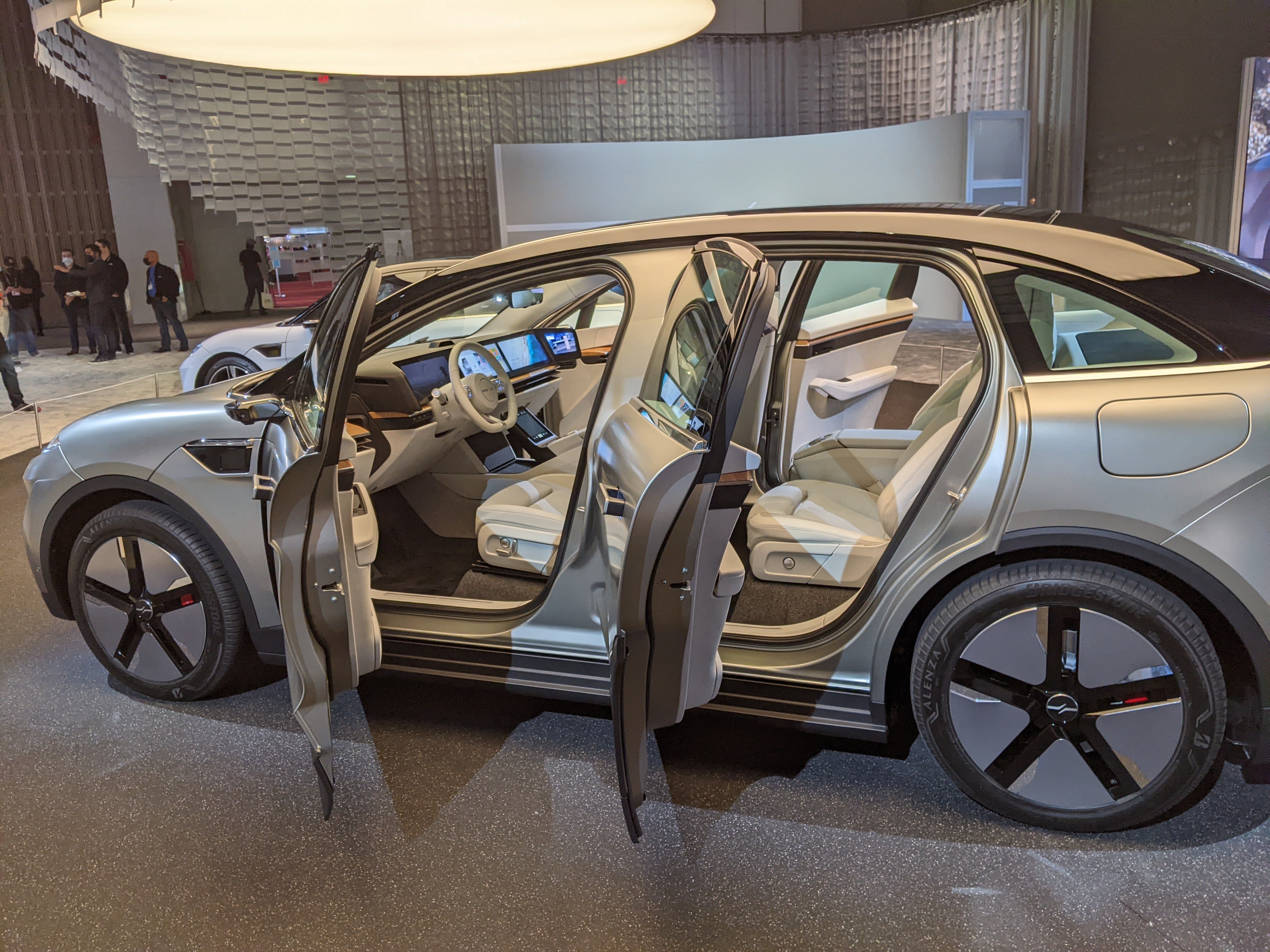
BMW Magic Paint
One has to give credit to BMW for its pattern changing, dynamic “paint”, as it provides a customer choice no one seemed to be expecting, or asking for, that will definitely appeal to a select audience. I could see the technology applied to emergency vehicles, but don’t really need to find my car in the parking lot, or reveal my mood to every passing driver. On the other hand, could it be mandated by Washington, such that when sensing that its driver had road rage, the entire car could rapidly pulsate with red flashes warning the car ahead to get out of the left lane? Now.
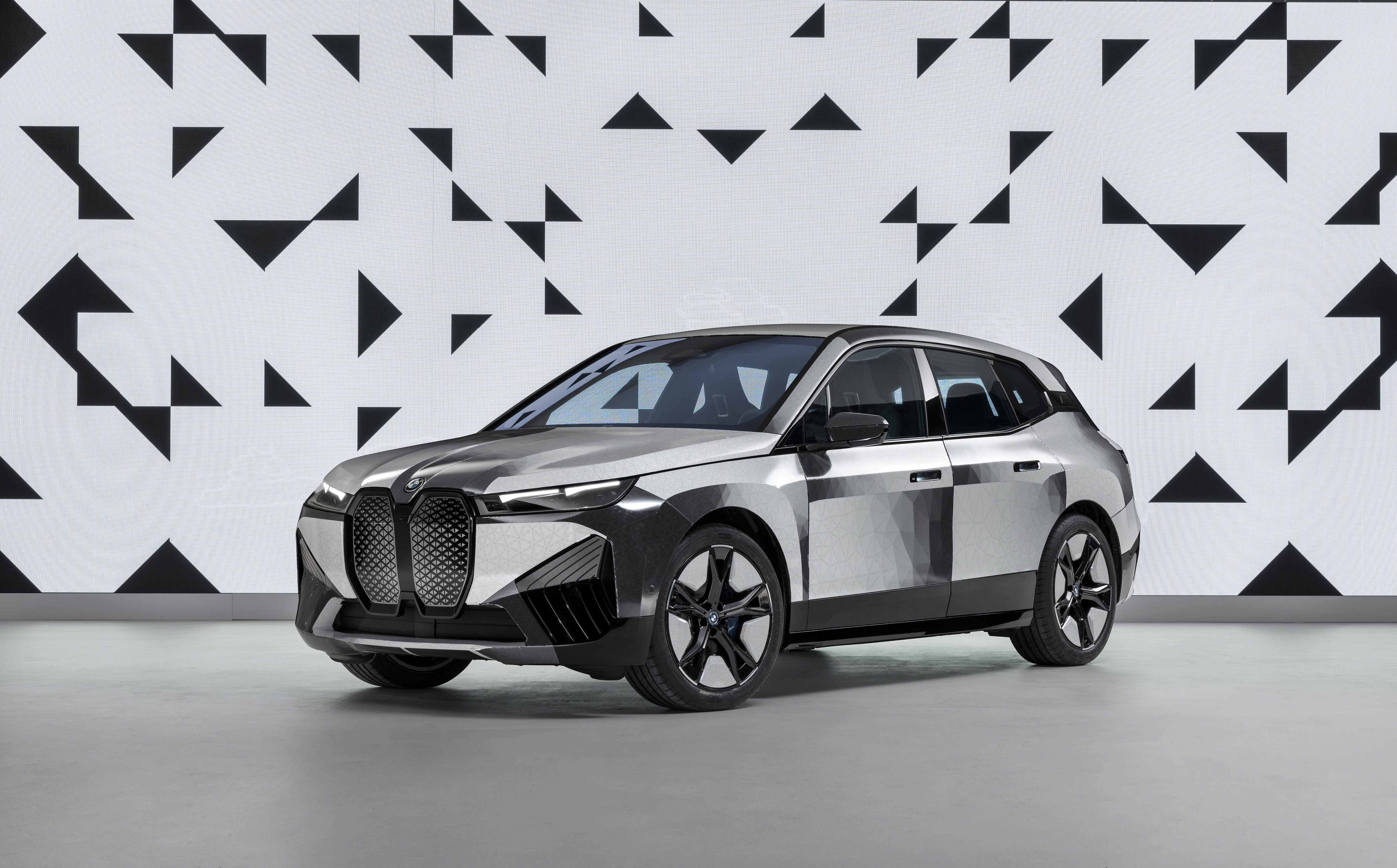
Mercedes EQXX EV
BMW’s German rival Mercedes showed, at least on the screen, it’s latest EV concept the EQXX, sans any such chameleon talents. This four door aims at delivering a range of 600 miles, aided by its super low drag coefficient of .18.
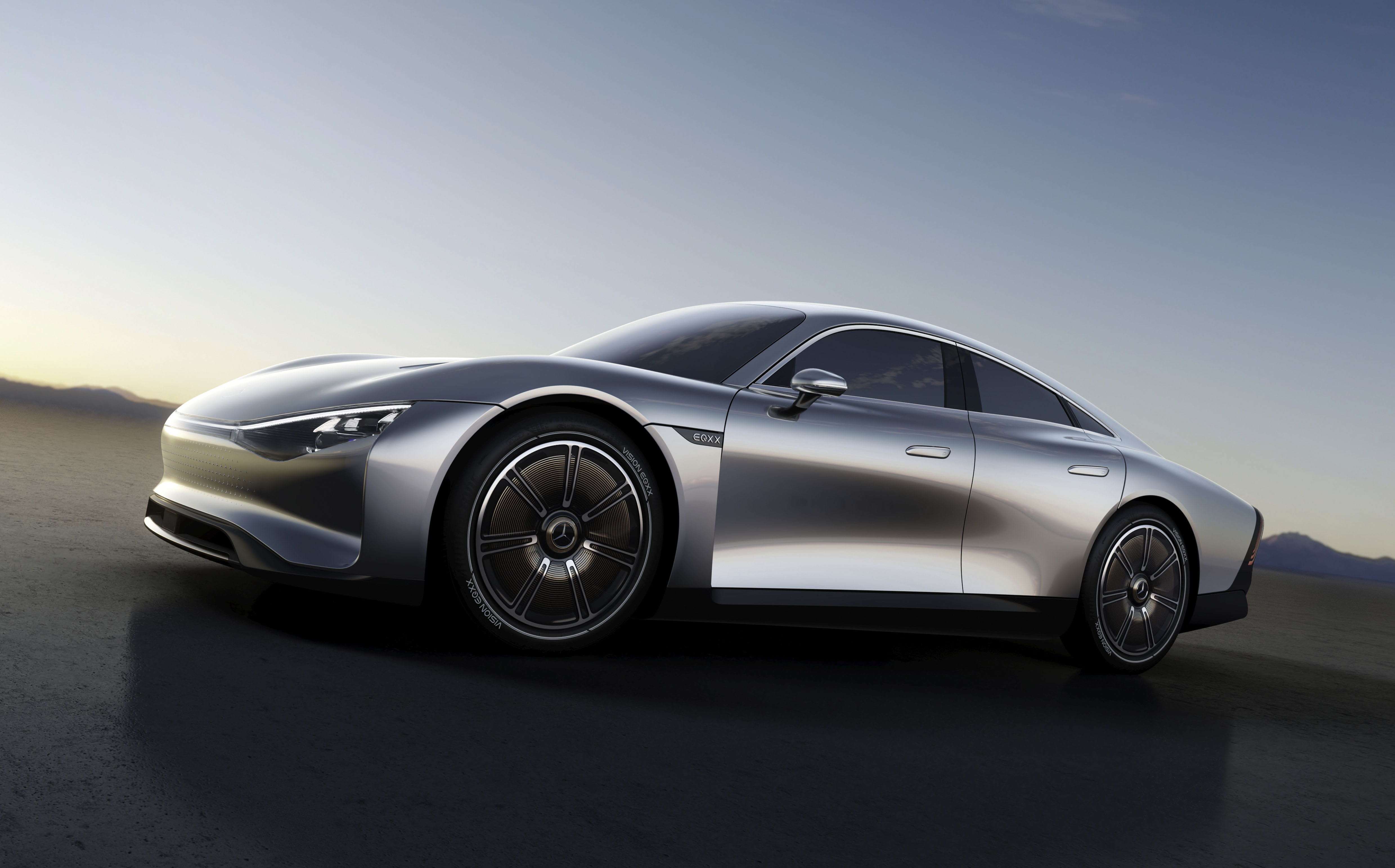
Hyundai Pushing the Boundaries
While the companies just mentioned focused on near term product, Hyundai moved further ahead from where they were last time at CES. That is, deeper into the metaverse, a term widely used this show, referring to the virtual world, mainly for gaming but becoming more of our daily experience. They say, the metaverse exists within every screen in our lives, putting us closer step by step to living in the Matrix. This time around, with their acquisition of robot-maker Boston Dynamics, they see a future of combining them: “Metaverse+Robotics”. Huh? I’ll need to listen to that one over again.
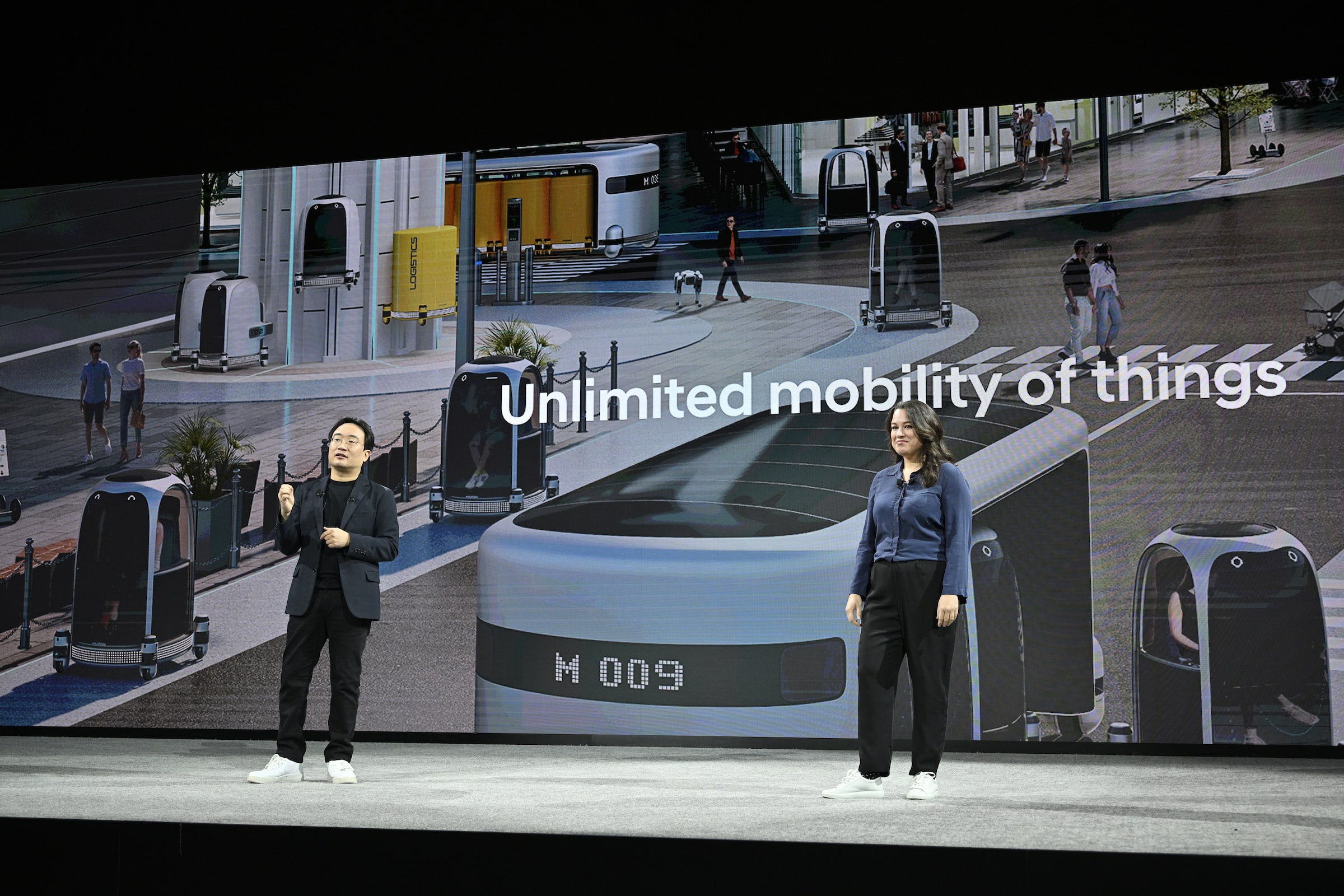
Other auto manufacturers previously seen at the Show were not around at all, including Ford, Audi, Nissan, and Toyota. Maybe they were already bouncing around in the metaverse, and I just missed seeing them?
But with so many of the big auto companies not present, I thought it might result in more attention given to the smaller ones. Like the tiny trees on the forest floor in the shadow of the giant redwoods, the many start-up auto companies could now get more sunlight. This also led me to looking for other kinds of vehicles at the show.
Deere 8R Autonomous Farm Tractor
One other kind of vehicle that caught my attention on media day was the John Deere 8R tractor. After recently binging “Clarkson’s Farm”, an Amazon series on Grand Tour’s Jeremy Clarkson’s real life farm, a show I recommend by the way, I was somehow more tractor, and plight-of-the-farmer-aware. A prominent character in the Brit’s show, and one you can’t help but love, is his giant, Lamborghini Trattori R8 270 DCR tractor. Yes, it’s from the same company started after the war by Ferruccio Lamborghini, the man who went on to create the supercar company we know today. Recall that Ford and Porsche also made farm tractors at one time.
The Deere 8R looks like an American-style version of Clarkson’s behemoth, and is roughly of the same size (XL) of crop cruiser class. But what sets this just-announced beast-of-the-beet-harvest apart is that, no, it’s not electric, but it is the first fully autonomous version of their 8R farm tractor. On the TV show we see Clarkson sawing at the wheel, amusingly struggling as he tries to cut straight furrow lines. Deere’s video shows their tractor running on its own, digging perfectly spaced lines, with accuracy to within one inch of the prescribed pattern…with the farmer nowhere in sight.
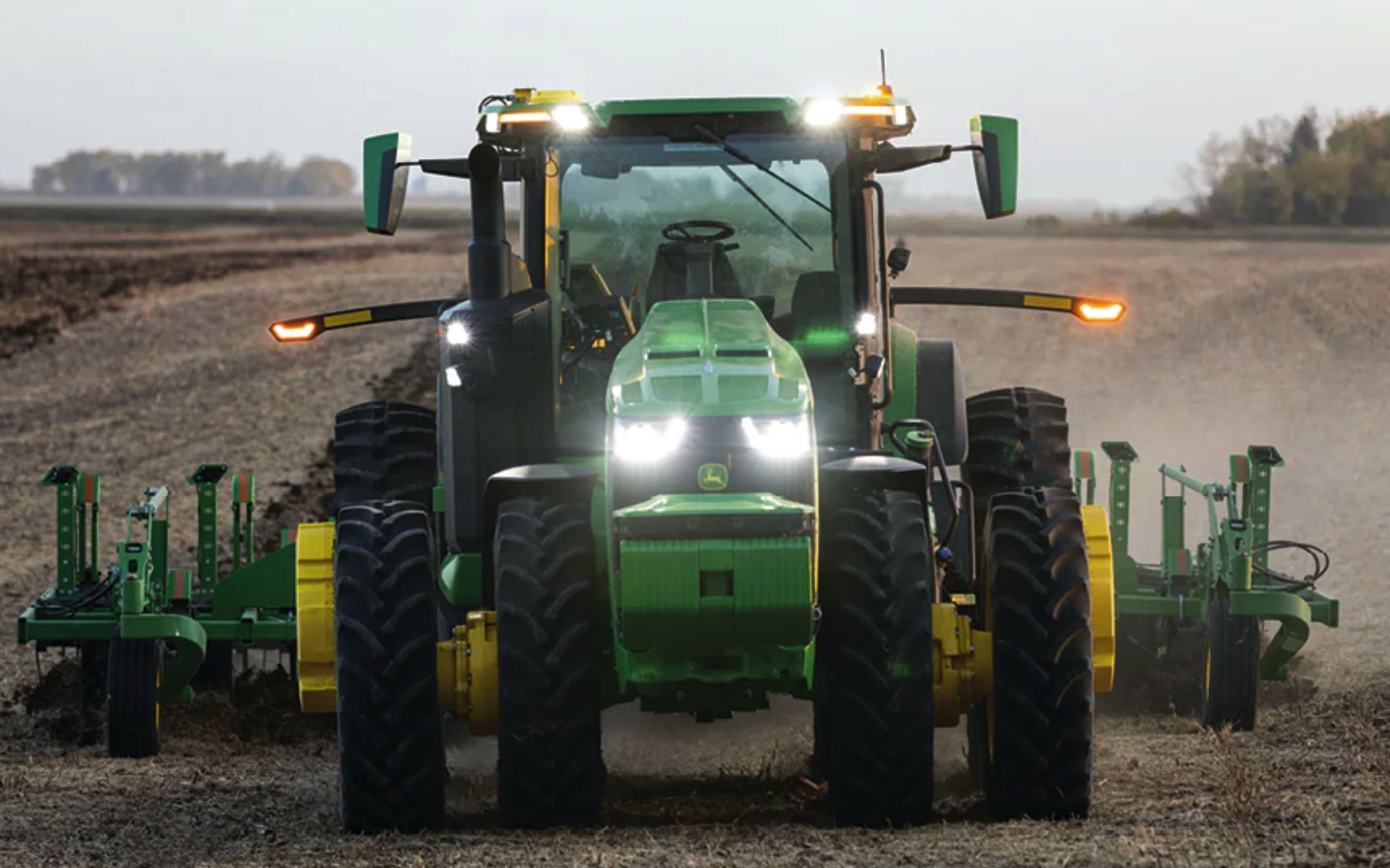
In Deere’s presentation, he or she is back at the barn or office, now with more time to spend on other duties, and occasionally checking the app on their phone for the 8R’s status. The tractor may be in the field on its own, happily running all night, while the Deere farmer is shown at home with the happy family… (Apparently there aren’t too many nightspots out there in farm country.)
Clarkson’s hilarious hijinks and field follies aside, his series does point out how farming is a very tough business, especially now with climate change, labor shortages, and at least in the UK, the paperwork involved. Increasing food production efficiency is critical as it is primarily farmed crops that feed the world’s growing population. With 96 percent of the two million US farms being family owned and operated, and the current shortage of labor, an autonomous running tractor such as the 8R version could become a real productivity must-have. It would be great if it also becomes electric powered in time too.
Bobcat Electric
Another interesting ‘vehicle’ announcement came from Dasoon Bobcat, the company that makes those “Bobcat” compact size, tracked loaders. We see them on popular TV home improvement shows, in Sunbelt rental lots, and in tight-spaced urban worksites. Well, their big announcement was an all-electric version, which seems like a logical thing to have. Electric power means an improved experience for the operator, co-workers, and by standers, with no exhaust fumes and less noise.
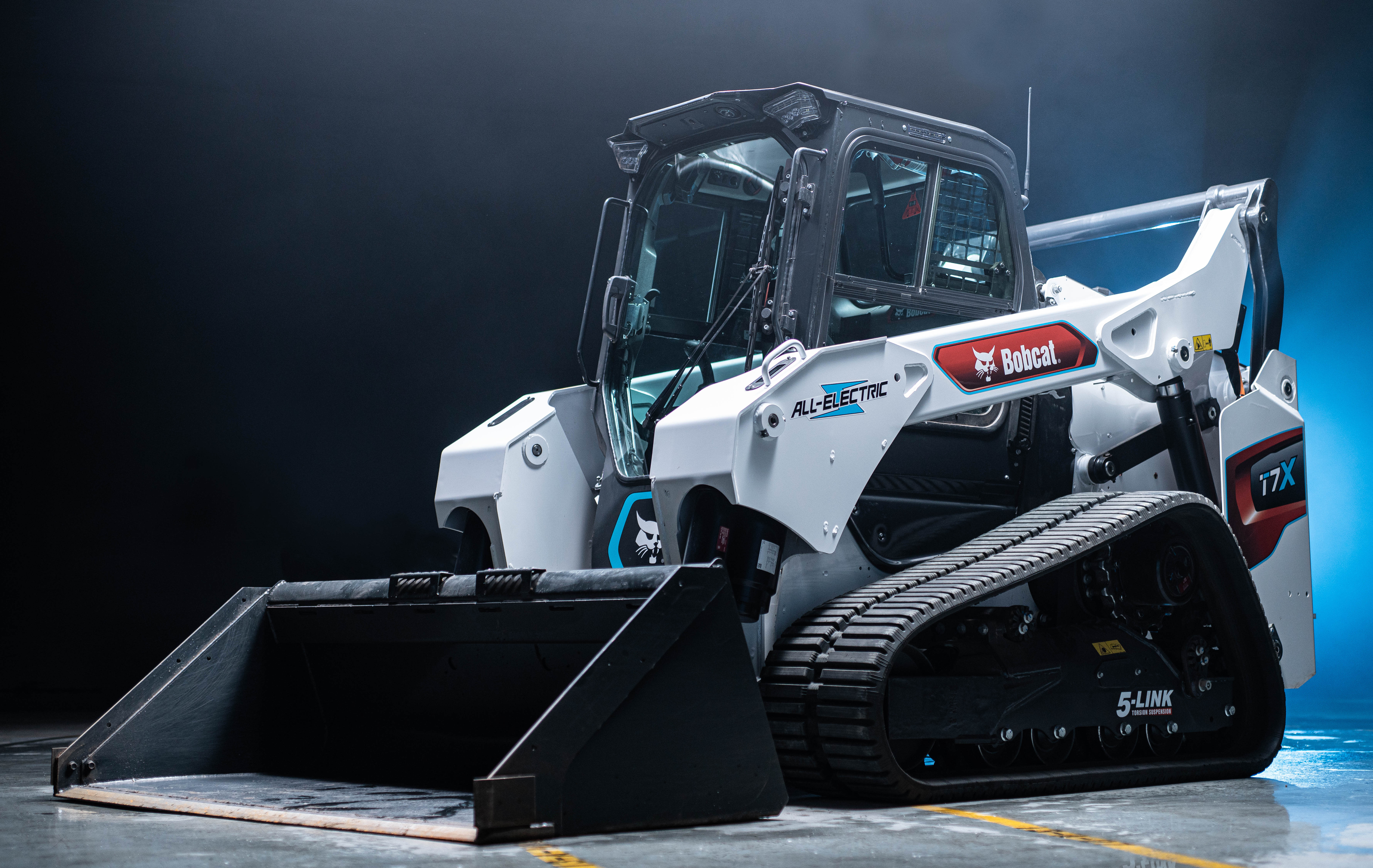
What I found interesting is that all-electric also means that the hydraulics for the bucket actuation have also been replaced by electrics, just like the electric assist steering on your road car. And whom did they partner with for those components? Moog. Not a household name, but a company we know from their electro-hydraulic and hydro-mechanical products used in Formula 1 cars for clutch, gear shift, and throttle actuation, plus steering control. An example of tech transfer from racing, to the worksite, right down your street.
Brunswick Boats and Motors
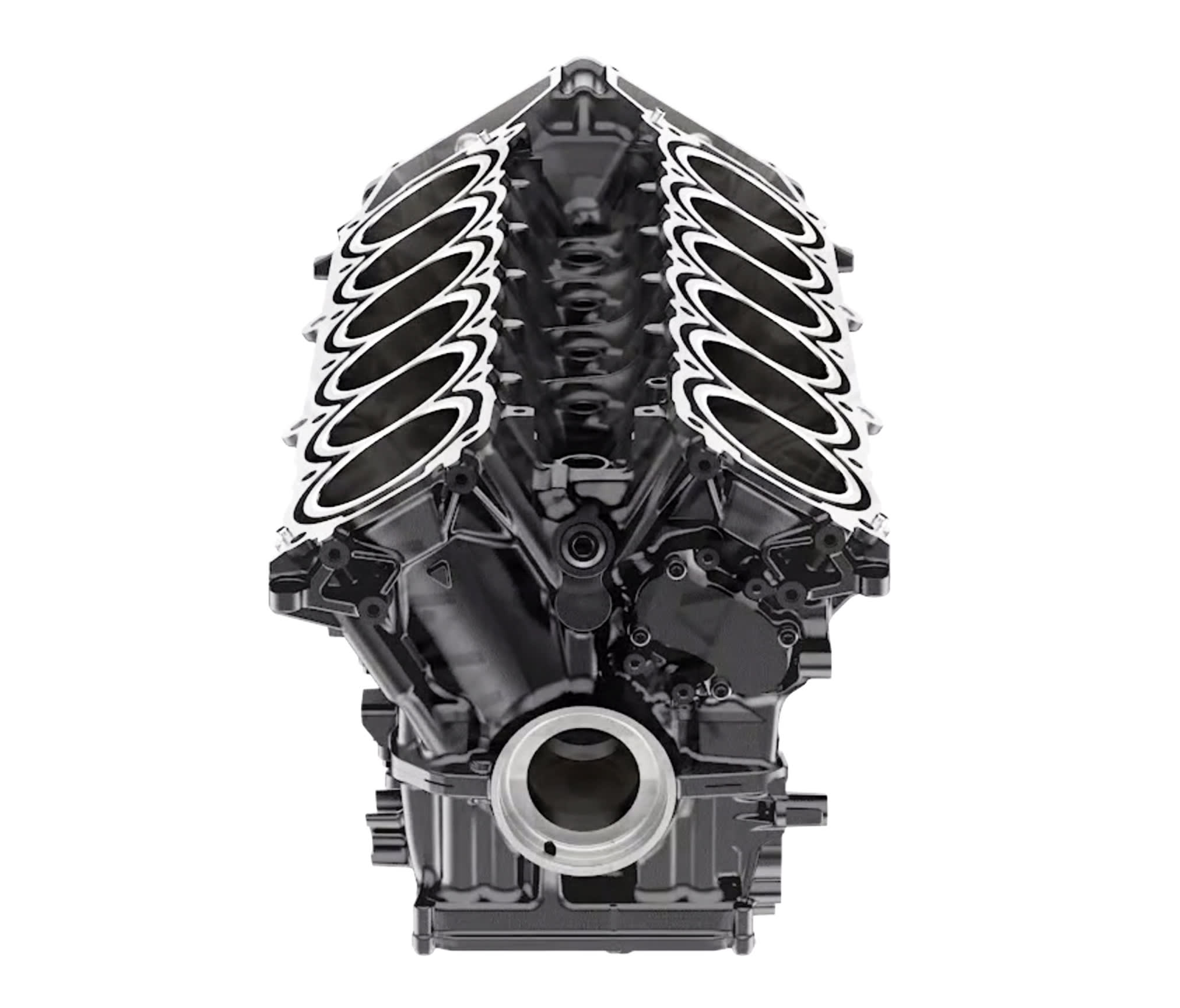
A driving technology announced at the show, actually one for a vessel rather than a vehicle, was Brunswick’s semi-autonomous driving control for boats. It will help the amateur captain navigate, avoid obstacles, and as in many of today’s automobiles, take on a most difficult task, parking the thing. On water this is made tougher with currents, waves, and wind.
They also talked about their new quad cam, V-12 Mercury Marine outboard engines. At 7.6 L, and a rating of 600 HP, I wonder how that sounds unmuffled? You may recall that Mercury Marine was selected to produce the aluminum, Lotus-designed, four-valve LT5 V8 for the original 1990 Corvette ZR-1. Before we get too far down the road with all this electric racing business, that V-12 needs looking into for a possible racing or hot rod application. However, with Brunswick’s presence going all virtual, it was not at the show for a closer look.
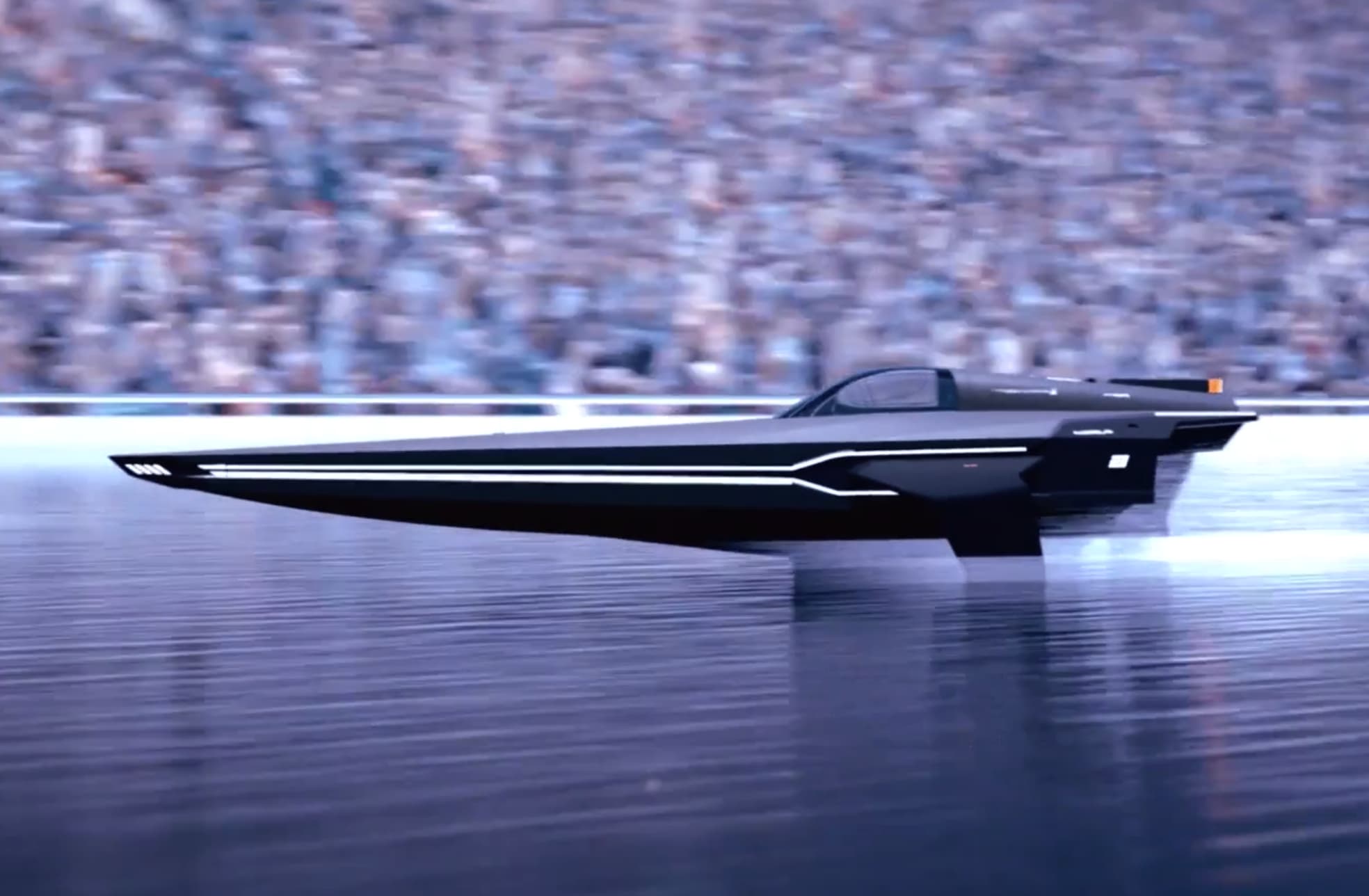
Speaking of electric racing, Brunswick was also planning to have a RaceBird at their booth, that being the super-pointy, electric raceboat designed for the upcoming, international E1 Race Series. Brunswick’s Mercury Racing division will supply the electric powertrain for all boats in the series.
... Getting back to cars ...
INDI One EV
Getting back to finding cars, there were several smaller car companies I thought were worth mentioning, and who did show up in person. One was INDIEV, whose car INDI One, is billed as the “First EV Built for the Social Media Age”. And to achieve that, it features a powerful computer running in parallel to the computers running the car, inspired by the company founder’s interest and success in gaming.
The design of the car, well executed inside and out, is the work of Andre Hudson, who brought his experience at GM’s advanced studios here and in England, and at Hyundai, to the project. Ed, my onsite eyes and ears, arranged an interview for me with Andre who said, “We at INDIEV saw a significant disconnect when people transition from the personal devices in their home or pocket, to their vehicle. We saw an opportunity to bridge this gap and elevate what your vehicle can enable you to do with our first product offering, the INDI One. We see cars as more than just a mode of transportation, but as a device that can support and enhance your life.“
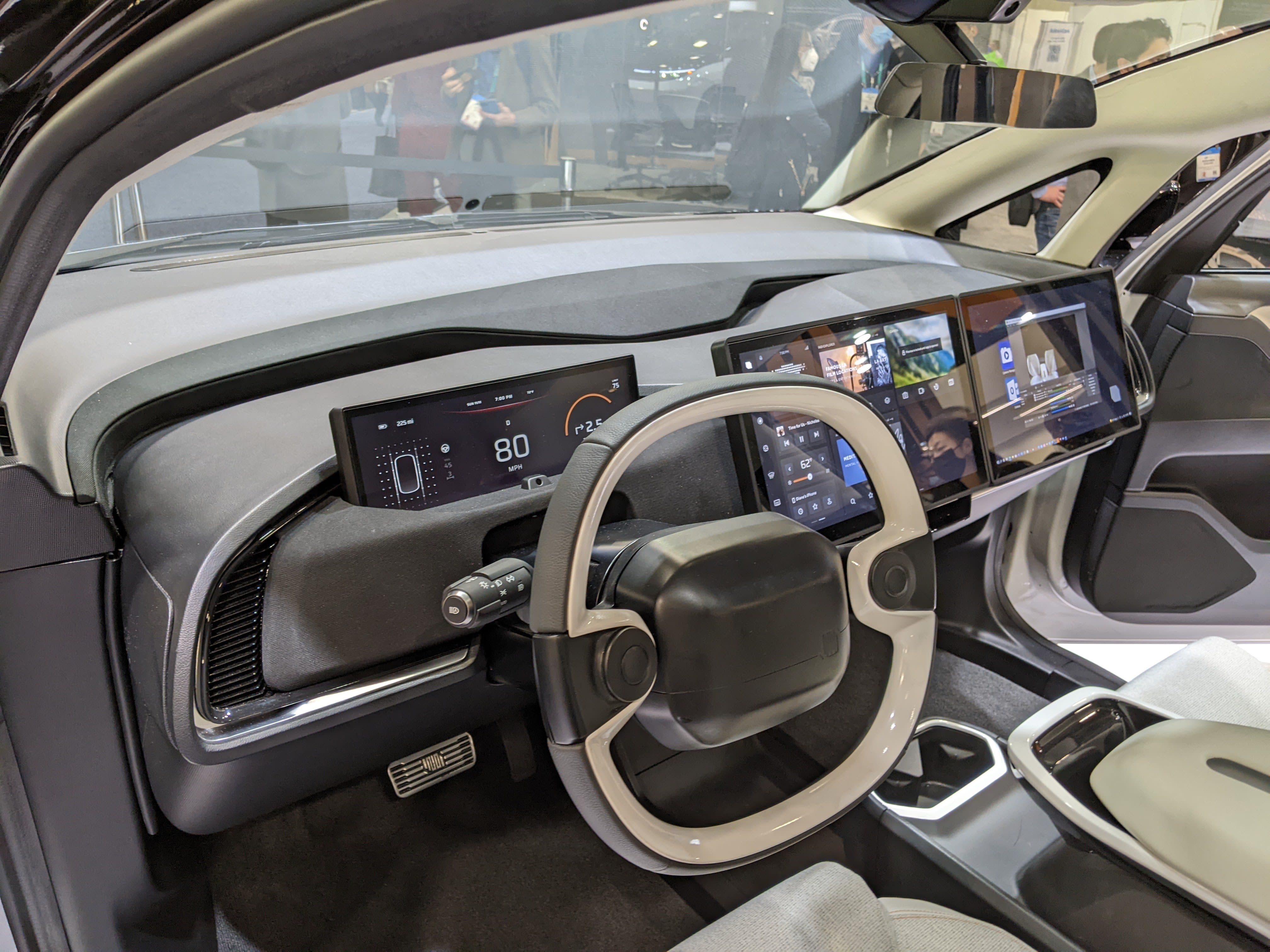
The car is now running and in production prototype form, after previously being displayed at the LA Auto Show. The plan is to set up production initially in nearby Vernon, after spending this year with testing, development, and compliance. With its LA area roots, this car is worth a follow-up.
Electra Meccanica SOLO EV
Another vehicle on display was the SOLO from Electra Meccanica, a plucky looking, electric, three-wheeled, fully enclosed, weatherproof, single-seater. Some readers may recognize the InterMechannica name, from the 60s and 70s with their Formula Junior racecar, and later as the producer of the Italia sports car, which later became the Omega. Sometime between then and now they moved from Turin to Canada, and have also operated out of LA at different times.
The car they are now producing, the SOLO has been around a while, so you may have already seen one on the street, or in a kiosk display around town. When driving it last fall, what impressed me was that from the driver’s seat forward, despite its small size, you felt like you were well cocooned inside a regular car. One that you could comfortably drive on the freeway, easily pass the Trader Joe’s parking lot test, and feel safe and comfy in any kind of weather.
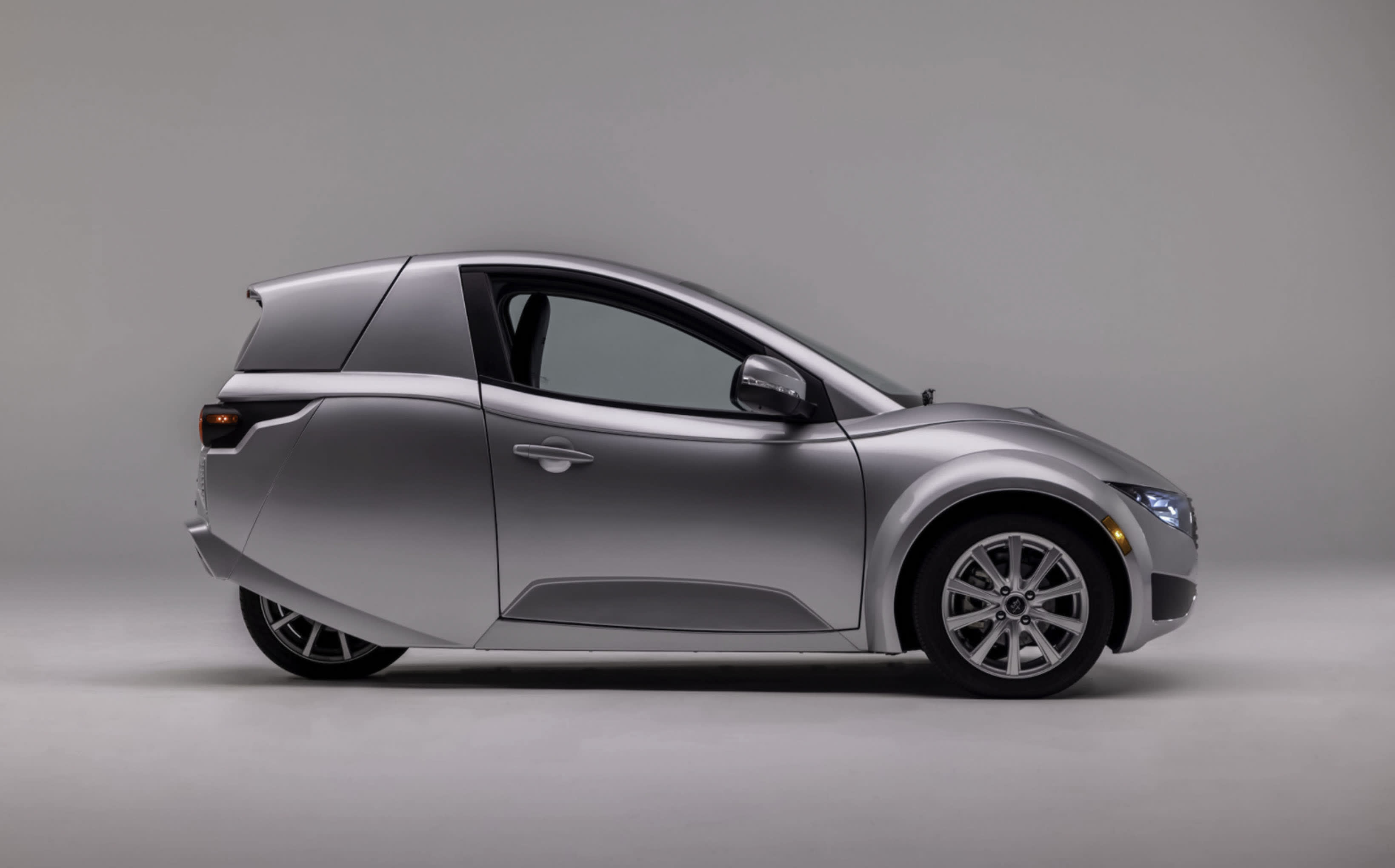
I was able to talk to Kevin Pavlov who has recently been promoted to Electra Meccanica’s CEO position. A veteran in the industry, having spent time at Magna and Karma, he is continuing to develop the vehicle, and is looking at new versions, such as targa top. When asked about safety, he says: “We pass all of the motorcycle required safety tests, and we have elected to pass FMVSS 216, 216a, (roof crush) ….We have triple beams inside the doors, we’ve got a roll bar, front and rear crush zones”.
The SOLO is a fun-to-drive, secure feeling personal commuter vehicle, but keep in mind that it is strictly a single-seater. It also works well for light delivery, especially now in this time of expanded restaurant food take-away. Look for more of them cruising around LA, some in Ruby’s Diner livery, or stop by their Westfield Sherman Oaks, Beverly Center, or Studio City sales locations.
VinFast and Togg
Remember the name VinFast. They are another new company joining the EV segment. As the auto unit of a top Vietnamese conglomerate VinGroup, VinFast, established in 2019, will have the capacity to build 250,000 vehicles per year. Introduced at CES were five EV models with plans to start distribution of the VF 8 and VF 9 models in the US and Europe by the end of this year.
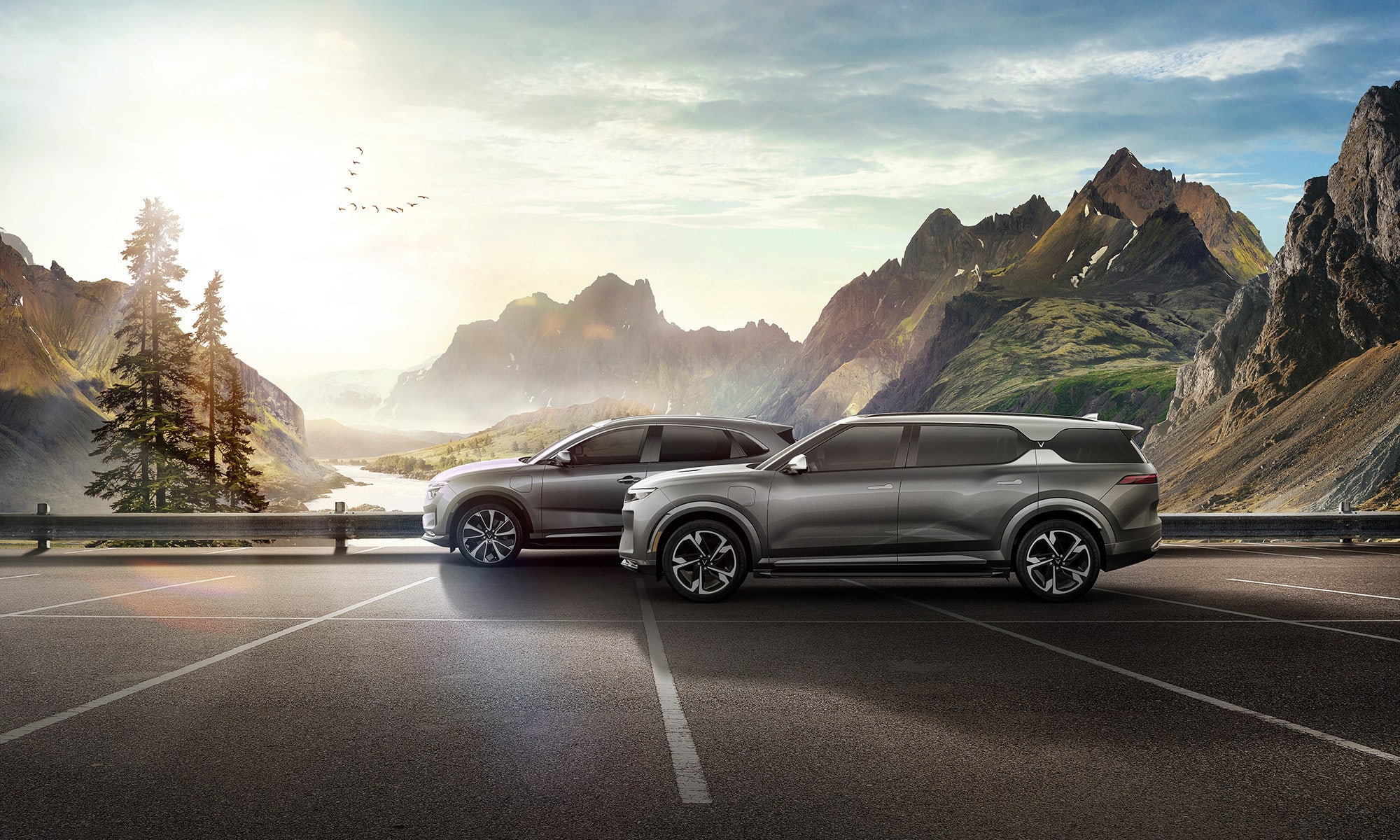
And even more EVs are coming. Jumping into the fray at CES were the sedan and SUV concepts from Turkey start-up Togg. With government backing, their ambitious plans are to offer five different EV models, the first two by 2024. One advantage they may have is that the cars have been nicely styled by PininFarina.
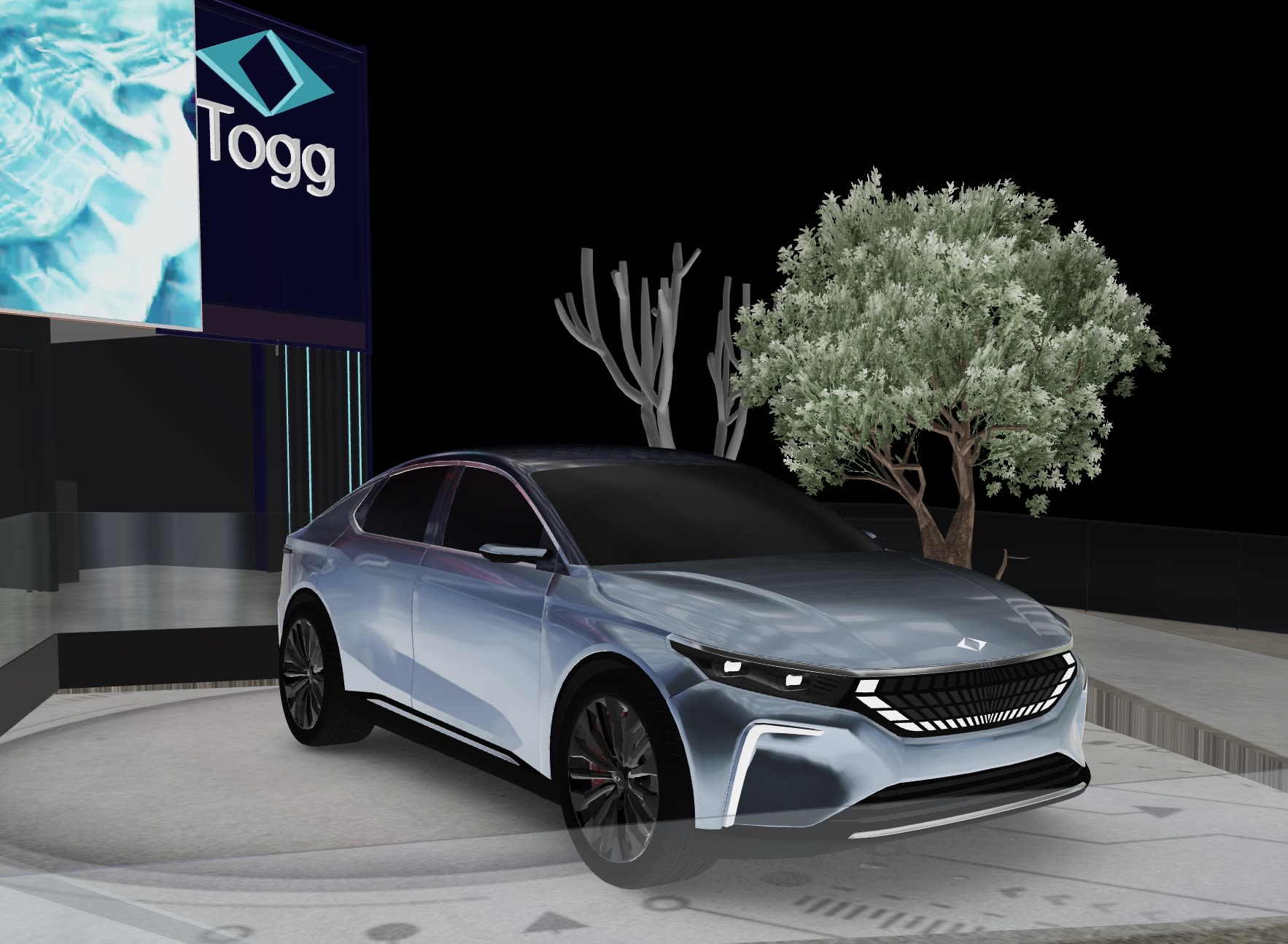
Indy Autonomous Challenge
And finally, I’ll mention to the Indy Autonomous Challenge race. Its PR machine did a great job of bringing attention all week long to the competition event it ran on Friday of CES week, out at the Las Vegas Motor Speedway’s oval track. It was actually less of a race, and more of an international student competition, one of developing autonomous driving software, to set an Indycar out on its own around the track at increasingly higher speeds, and giving the unmanned cars the task of carefully passing each other at speeds up to 175 mph. It made for a terrific demonstration and advanced technical challenge. The organizers realize that not yet, if ever, will it be a replacement of human drivers on the track in races for entertainment.
But like previous competitions, including the Darpa Grand Challenge, and various X Prize challenges, the real value is the accelerated skills developed in the students involved. It was the original Darpa autonomous vehicle challenges of 2004 and 2005 that sparked the development of autonomous driving features emerging in our currently available cars. The graduates of the Indy Autonomous Challenge will push that technology further.
However, one does not need to go to such expense to accelerate the education of engineering students in automotive technology. The Formula SAE Competition does a similar thing with greater accessibility and at a lower cost. Graduates with such experience offer the auto companies and suppliers real world experience in developing new technologies, and making something that works in the real world. Several schools within the SAE of Southern California’s region participate in these programs, and they are an excellent recruiting source for talent.
Wrapping it Up
No doubt, the CES Show is a gathering that is not going away. It’s an event like no other, self-renewed every year with innovation in so many categories, far beyond mobility. Yet somehow they all connect, as today everything is, or will be going digital. And CES is the one-stop mecca for what’s hot, and what’s going to be next.
Unfortunately this year, the show got caught up in yet another wave of Covid. Although CES did all they could to keep attendees and exhibitors safe, many stayed away, and that is understandable. Virtual attendance was an OK, better-than-nothing option, but it was no match for being there in person...at least not with the current state of the metaverse.
Ed Prentice, with his Silicon Valley perspective noted that although many larger companies withdrew, so many of the start-up entrepreneurs in the show, plus the competitors in the Indy Autonomous Challenge, did manage to show up, with many traveling across continents to do so. Maybe they are just younger and foolhardy, being without corporate scale concerns, or they are just bigger risk takers, as they feel they must be to push technology ahead. They felt they couldn’t afford to not be there.
About The Author
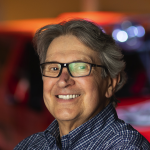
Don Taylor formerly ran the NASCAR program for General Motors, worked as a car stylist at the Ford Motor Company, and as a National Tech Director for the NHRA. He currently serves as Director of the Stand 21 Safety Foundation, and for the UK’s Motorsport Industry Association. Taylor also writes articles for the UK’s Racecar Engineering magazine. Don currently lives in Boston, but makes frequent trips to Charlotte and to the West Coast, still owning a home in Pasadena.
